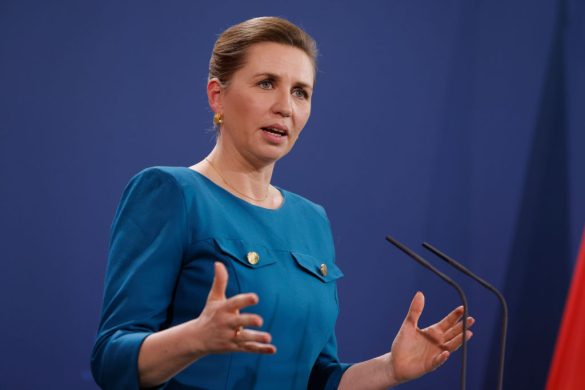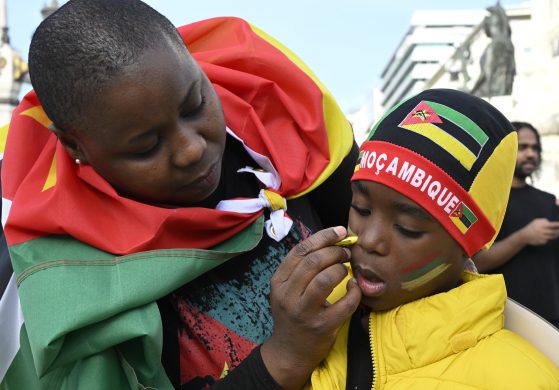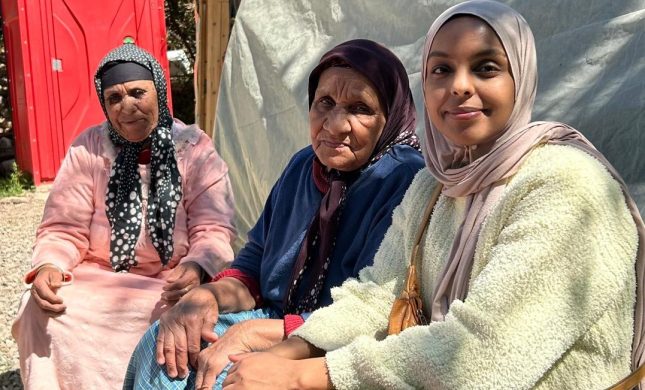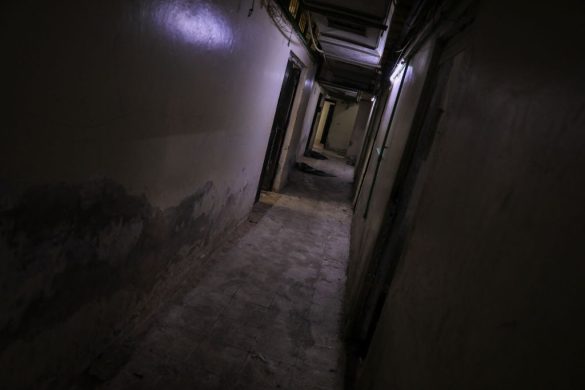WASHINGTON, March 6, 2009: The current global financial crisis, combined with recent food price increases, will have serious consequences for women in poor countries and their children, including higher infant mortality, more girls being pulled out of school, and reduced women’s income, the World Bank Group said Friday.
New World Bank estimates identify 34 developing countries where women and girls in poor households are particularly vulnerable to the effects of the global economic and food crises. Fifteen of these, mostly in Sub-Saharan Africa, are likely to see both low female schooling and high infant and child deaths as well as slowing economic growth, making women’s and girls’ situation especially precarious.
On the eve of International Women’s Day on March 8, the World Bank Group warned that if left unchecked, the effects of the financial crisis will reverse progress in gender equality and women’s empowerment, increase current poverty, and imperil future development—with Sub-Saharan countries particularly at risk.
– It is important to protect women in this crisis as they will be among the worst affected, said Mayra Buvinic, World Bank Group Director for Gender. – But let us not look at women only as victims. Women can be agents of change. Considering them as full economic actors and investing in them is a smart way to help rebuild the economies of the world.
– As countries put in place their stimulus packages for development I urge them to target women’s economic empowerment, said Ngozi Okonjo-Iweala, World Bank Managing Director. – If done right, we will emerge with a healthier pattern of growth and we will be on a faster track to poverty reduction and development.
The gender-specific impacts of the crisis include:
• The result of the financial shock is estimated to be between 200.000 and 400.000 additional infant deaths per year on average in the 2009 to 2015 period– or a total of 1,4 million to 2,8 million more infant deaths, if the crisis persists. Negative shocks are also more harmful to girls than to boys: one or more unit fall in GDP increases average infant mortality of 7,4 deaths for 1.000 births for girls compared to 1,5 deaths for 1.000 births for boys.
• Parents may also choose to have additional births to cope with the reduced survival of children, disproportionately exposing mothers to pregnancy-related health risks.
• Girls in poor countries with pre-existing low female schooling are highly vulnerable to being pulled out of school as households cope with declining household income.
• • Women’s income in developing countries will likely be reduced as a result of losses in employment in export oriented industries, tightening micro-finance lending, and/or drop in remittances.
• Women dominate employment in export manufacturing in countries such as Nicaragua, Bangladesh, and the Philippines.
• Women are the majority of clients of microfinance institutions (85 per cent of the poorest 93 million clients of MFIs in 2006).
• The loss of women’s income has long-term negative implications for the welfare of poor households because of their preference to invest scarce resources on child well-being and, therefore, on future development.
In order to address the effects of the economic crisis on women, the World Bank Group recommends that the design of policy responses build on women’s roles as economic agents as their preference for investing resources in child well-being can go a long way towards mitigating the negative effects of the crisis. Expanding economic opportunities for poor women should be a core theme of public works and other safety nets, and financial sector operations. In particular, micro-finance institutions should be capitalized so that they continue to offer credit and other financial services to poor borrowers, the majority of whom are women.
The Gender Action Plan (GAP), the World Bank Group’s program that promotes women’s economic empowerment and gender equality, will allocate the majority of its financial resources in 2009, around 3 million US dollar, to ensuring that responses to the crisis maximize women’s incomes and support female participation, especially in those countries where women and girls are most vulnerable to the effects of the crisis.
This includes efforts to en-gender the 1,3 billion US dollar food crisis response facility and the proposed vulnerability fund, and its priority investments in safety nets, infrastructure, and lending resources for microfinance and small and medium enterprises.
GAP funds will also assist in producing urgently needed analytical work and research on gender-specific short-term impacts of the crisis.















